Why Pharrell at Louis Vuitton? Let's Take a Look at his Influence on Fashion
Pharrell Williams has been chosen to succeed Virgil Abloh as Louis Vuitton's new menswear designer.
Now, this is the definition of moving in silence. In an unexpected move, LVMH has picked Pharrell Williams, one of music’s hottest Hip-hop, RnB, and Pop producers, and the founder of Billionaire Boys Club & Ice Cream, to succeed Virgil Abloh as the next menswear designer at their top label Louis Vuitton.
Pharrell has always been one of those artists who can do it all. From creating timeless and classic hits to his impact on how people dress, his talents have not gone unnoticed. It’s not uncommon for music artists and producers to venture into the fashion world. In fact, it seems like a natural blend. These two worlds are intricately linked. Both are forms of artistic self-expression and the way music has influenced fashion (and vice versa) can be witnessed in every decade of the last century.
After the death of Louis Vuitton’s menswear creative director, Virgil Abloh, the first Black designer to hold this high position at the brand, it would be many months later until LVMH finalized its pick for his successor. To fill the void of Virgil Abloh’s legacy is no easy feat. Virgil left an immeasurable impact on the brand and the industry, marrying street culture with high-luxury wear to create what many now call “luxury streetwear”. This enabled the brand to acquire younger more diverse customers. He ultimately changed the shape of the luxury fashion industry.
So why did LVMH tap Pharrell? Was this the right move? Well, let’s journey back in time and take a look at Pharrell’s undeniable influence on fashion.
Pharrell’s impact on fashion in the early 2000s can be seen through the brands A Bathing Ape, Billionaire Boys Club, and its sister brand Ice Cream. During this era, Pharrell reached a “Who’s that?” point in fame by producing memorable hits such as “Hot in Herre”, “Drop It Like It’s Hot”, “U Don’t Have To Call”, “Frontin”, and many more. He soon found himself in Tokyo, Japan for the first time in search of a music studio.
Through mutual connections, Nigo, the founder and designer of the Japanese lifestyle brand, A Bathing Ape (BAPE), offered a space to him— and the rest was history. While in Tokyo, Pharrell and Nigo, alongside former Chief of Staff of BAPE, Toby Feltwell, formed a bond, while sharing a meal, that propelled them into the world of streetwear fashion. It was during this time that Pharrell voiced his ideas for Billionaire Boys Club, an influential streetwear and lifestyle brand, and Ice Cream.
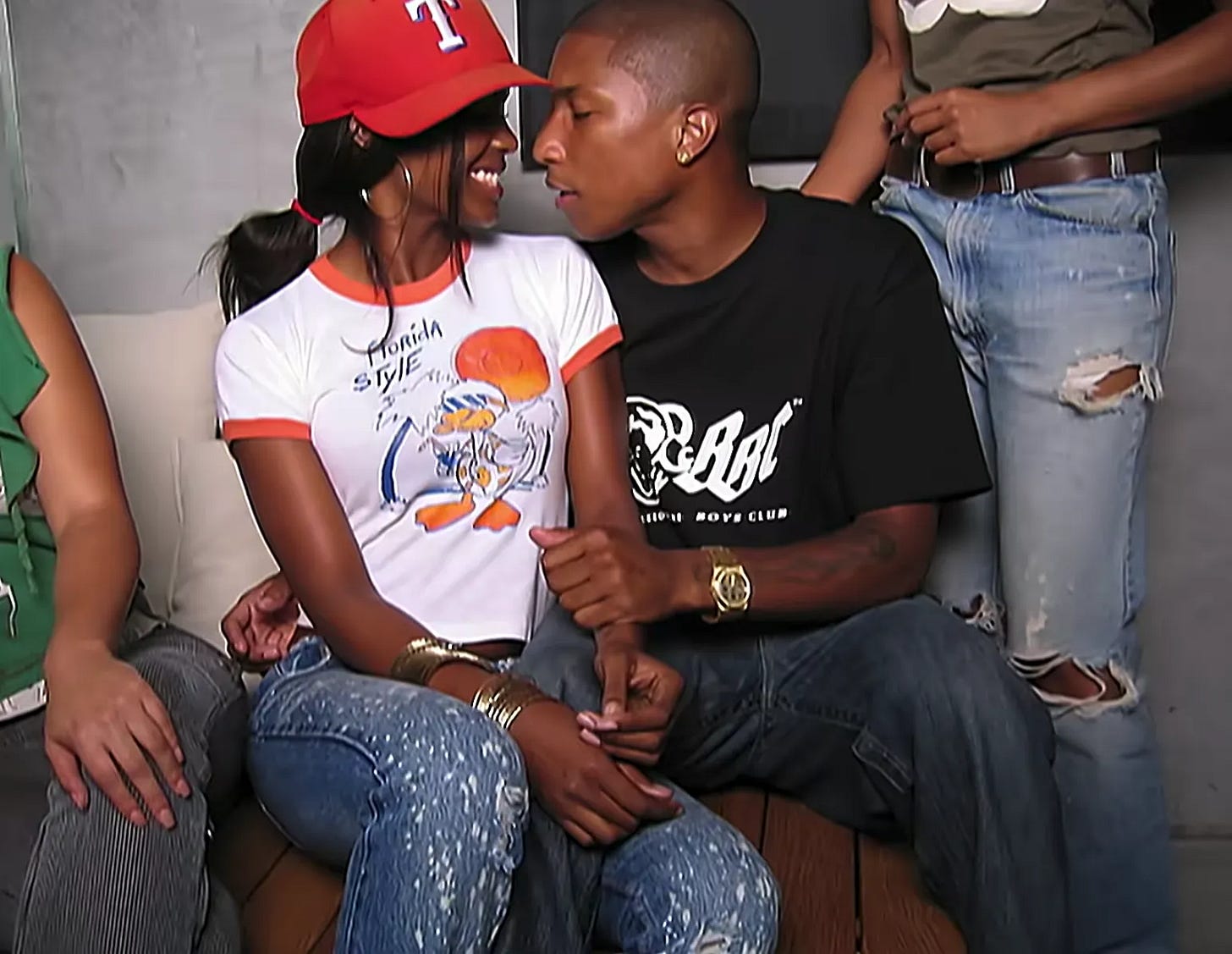
Following his return from Japan, Pharrell began wearing BAPE clothing religiously, bringing its bright stark colors and graphic tees to the forefront, and began teasing graphic tees from Billionaire Boys Club (BBC), before the announcement of its launch. This was the perfect move to give these brands visibility as he was moving more into the mainstream.
Pharrell eventually became the US ambassador and face of BAPE. In 2003, he introduced BBC to the world in his ‘Frontin’ music video, which laid the groundwork for the brand’s immediate popularity.
BBC’s sister brand Ice Cream focused its designs on skateboard apparel and distinct headwear, which Pharrell had an affinity with. He introduced trucker hats and shearling jackets into the Hip-Hop industry, where baggy jeans and graphic tees were staples. This set an early foundation for hip-hop artists playing a heavy role in red-carpet fashion. Staying true to his creative vision, he consistently pulled off some of the most eye-catching outfits in the music industry.
In 2004, Pharrell solidified Ice Cream’s links with skateboarding when dropping “Drop It Like Its Hot” where he referred to himself as “Skateboard P”, brought skateboarders on board in the video, and teased the Reebok x Ice Cream upcoming sneaker collection. This sneaker soon became a staple among Ice Cream affiliated skaters. Under his guidance, Ice Cream helped redefine the relationship between skateboarding, hip-hop, and fashion.
By the late-2000s, Pharrell’s impact on fashion was undeniable. The prints he popularized with the three brands became staples of younger generation East Coasters’ wardrobes.
Pharrell’s influence in fashion was also felt in footwear, most notably when he wore patent leather Bapestas in public appearances, through the Reebok x Ice Cream collaboration, and the Ice Cream “Board Flip” collection, which became a standard for color blocking in the footwear industry.
Now I know everyone remembers this. Pharrell changed how fashion and style were perceived when he partnered with Nigo to create the Bape Character Generator for his 2006 “In My Mind” album. This generator allowed fans to customize a caricature of Pharrell. The album cover also featured this caricature wearing a BBC t-shirt. During the MySpace era, many users used this generator to create avatars for their profiles. This was a perfect way for users to express themselves artistically.
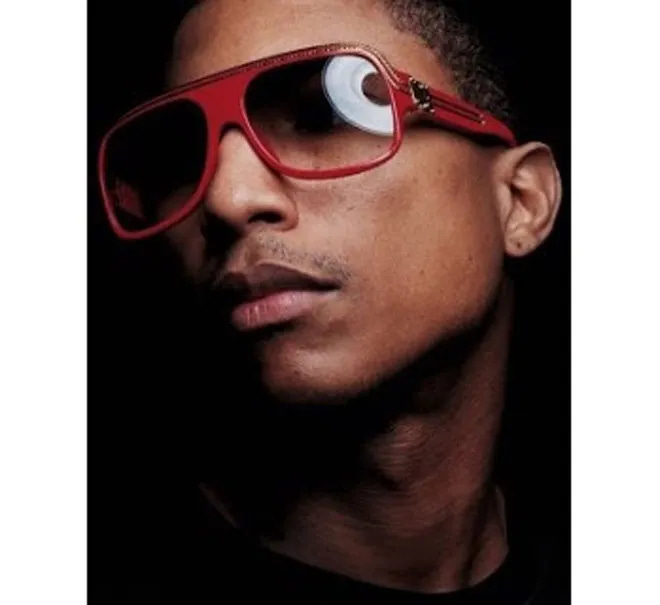
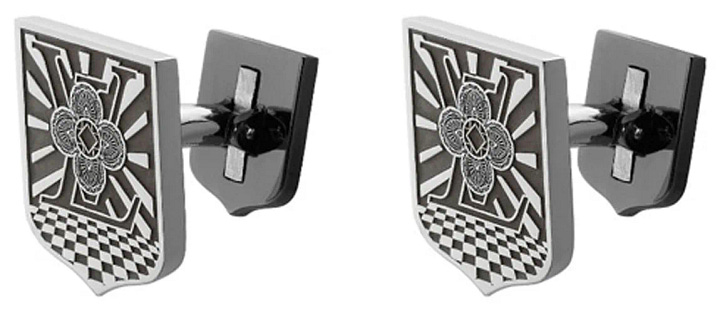
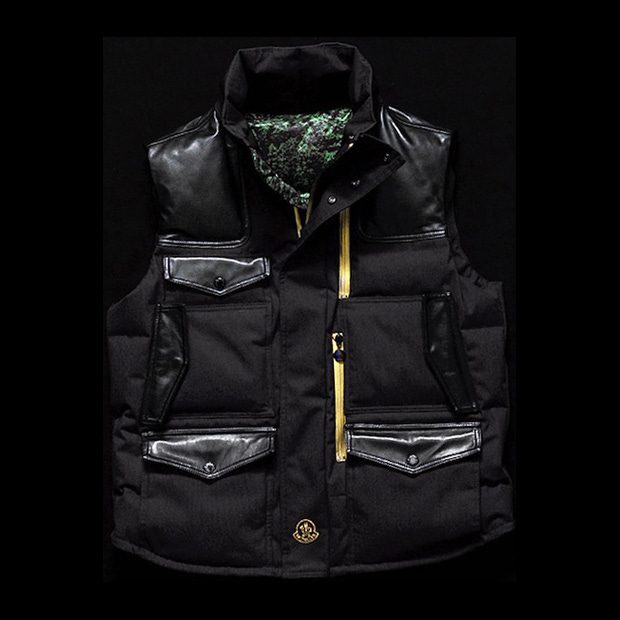
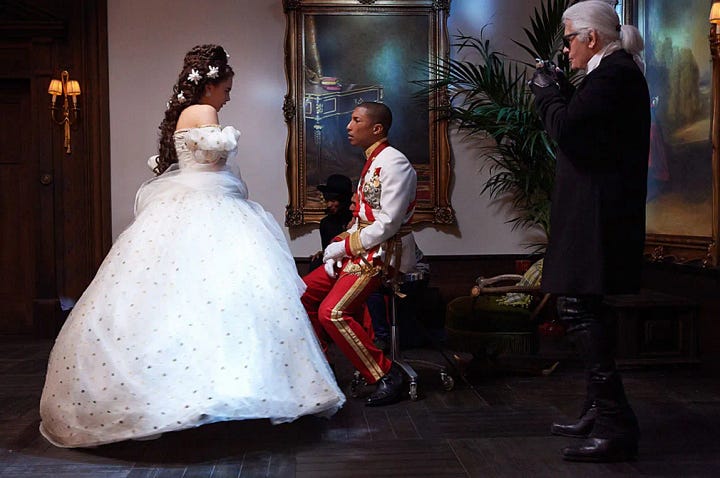
Solidifying his move into the high-end fashion realm, Pharrell has had a long history of collaborating with luxury brands, with his first being Louis Vuitton! In 2004 he collaborated with the brand’s former creative director Marc Jacobs on a sunglasses line called “The Millionaire Collection”, which Virgil Abloh reintroduced in 2018 during his debut collection. In 2008, he collaborated with the brand once again on a jewelry collection called “The Blason”, which was revealed during Couture Week. Pharrell also collaborated with Chanel on an exclusive video for the Paris-Salzburg Métiers d'Art show in 2014 called “Reincarnation”, featuring Cara Delevingne. Moncler is also part of his resume, as he collaborated with the brand in 2010 on an outerwear collection and again in 2013 on a sunglasses collection.
Pharell’s collaborations and individual creations show his influence and depth as a designer and all-around artist, which led him to receive a Fashion Icon Award from the CFDA in 2015.
So why Pharrell at Louis Vuitton? I mean…why not. Pharrell’s creations in the 2000s were instrumental in the introduction of streetwear to high fashion. When it comes to taste level and creative output, some would say he’s unmatched. He has the credentials to continue moving the brand forward on its journey to being more modern, streetwear-related, and having global pop cultural moments.
Today Pietro Beccari, Louis Vuitton’s Chairman and CEO, stated, “I am glad to welcome Pharrell back home, after our collaborations in 2004 and 2008 for Louis Vuitton, as our new Men’s Artistic Director. His creative vision beyond fashion will undoubtedly lead Louis Vuitton towards a new and very exciting chapter.”
I am happy for Pharrell as he takes on this new venture. It’s a great opportunity for him to stretch the limits of his imagination and creativity. This will be an interesting journey to watch in this era of celebrity fashion designers.
What are your thoughts on this move? Was it unexpected? What designer would you have liked to see take on this role? Leave a comment!
For updates, follow Fashion Talk on Instagram.










